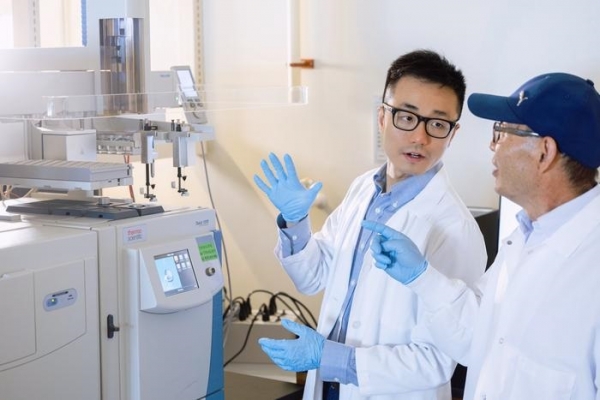Children in Crisis
Children across the globe are facing a crisis of staggering proportions. Every day, our screens are filled with heart-wrenching stories: children caught in the devastation of war in Gaza, suffering from severe hunger in Sudan, or desperately needing protection in Afghanistan. Each new emergency leaves children and their families struggling to survive.
Organizations like UNICEF exist to protect and support children in these dire situations. But our ability to respond depends on the generosity of governments, businesses, and individuals worldwide. Alarmingly, global funding for humanitarian aid is not only declining—it is collapsing at an unprecedented pace.
This funding shortfall is disrupting vital services and endangering the lives of millions of children. The scale and speed of the cuts threaten to reverse decades of progress and undermine the fundamental rights of children everywhere.
Take nutrition, for example. UNICEF warns that nearly 15 million children and mothers may lose access to life-saving nutrition services. Without interventions like therapeutic food, many will face severe malnutrition or death.
Immunization efforts are equally at risk. A growing funding gap is crippling the ability of UNICEF and the World Health Organization to vaccinate over 15 million vulnerable children against measles in countries affected by conflict. Disease surveillance, outbreak response, and routine immunizations in nearly 50 countries are being disrupted—rolling back progress to levels not seen since the height of the COVID-19 pandemic.
UNICEF’s entire humanitarian operation is under threat. In East and Southern Africa alone, there is already a 40 percent shortfall in emergency funding. Without urgent support, children will die from entirely preventable causes—not just hunger, but also a lack of clean water, proper sanitation, and basic healthcare. Millions more will be denied education and protection from violence and exploitation.
This crisis comes at a time when children need our support more than ever. Today, nearly one in five children lives in a conflict zone. Almost 50 million children have been displaced by wars and disasters. And nearly half of all children live in countries at extreme risk from climate change. In 2025, UNICEF estimates that 213 million children will require humanitarian assistance.
In a deeply interconnected world, cuts to aid anywhere threaten stability everywhere. To protect the future, we must act now. Here’s what must be done:
First, immunizing children against preventable diseases is among the most effective investments we can make. Vaccines have saved 146 million children in the past 50 years, accounting for 40 percent of the drop in infant mortality. Immunizing one child protects entire communities from deadly outbreaks that can easily cross borders.
Second, improving access to clean water, sanitation, and nutrition helps prevent illness and hunger, while laying the groundwork for resilient and peaceful societies. Global action over the past 25 years has halved under-five child mortality and reduced stunting by a third.
Third, strong humanitarian responses to conflict and disaster help stabilize fragile regions and reduce displacement. Failing to act fuels instability and deepens cycles of violence.
Fourth, investing in education gives children the tools to overcome adversity and contribute to society. Educated children are more likely to find employment and break the cycle of poverty.
Saving the lives of millions of children is a collective responsibility. The progress made in recent decades has only been possible through international cooperation, donor generosity, and the dedication of humanitarian workers.
Today, as needs reach historic levels, UNICEF remains steadfast in its mission to protect every child. Every contribution—large or small—helps not only children, but builds a safer, more secure world for all of us.










